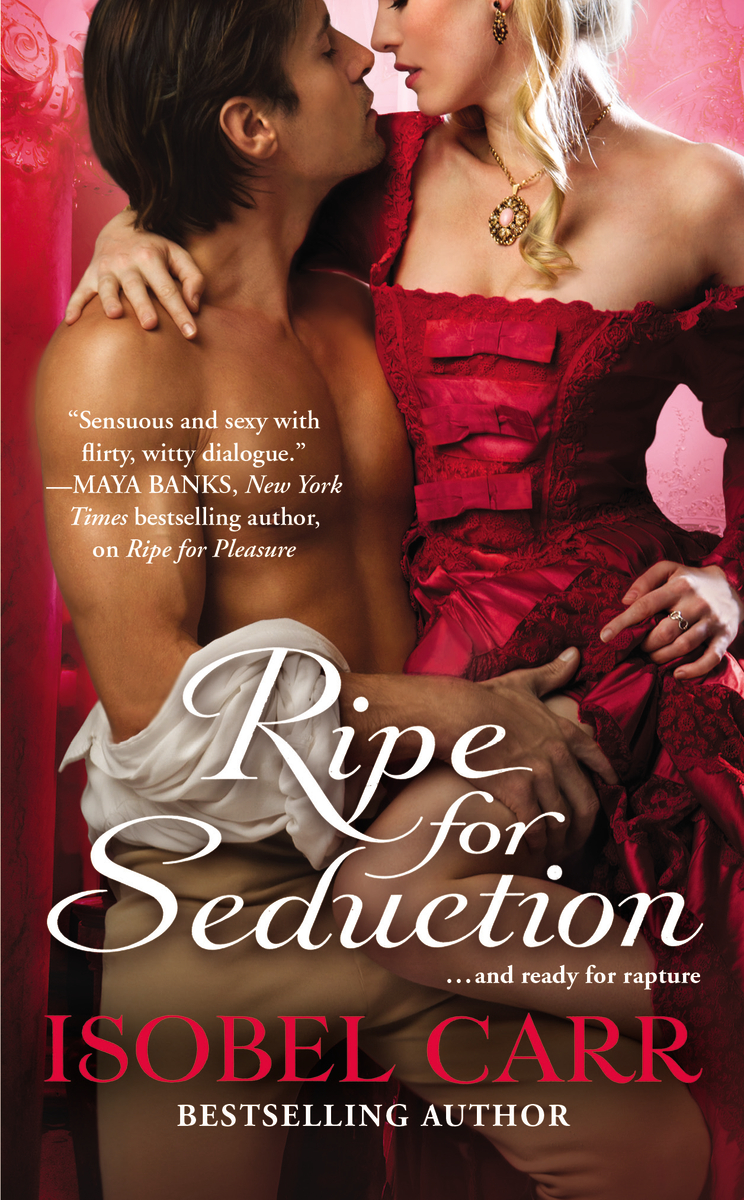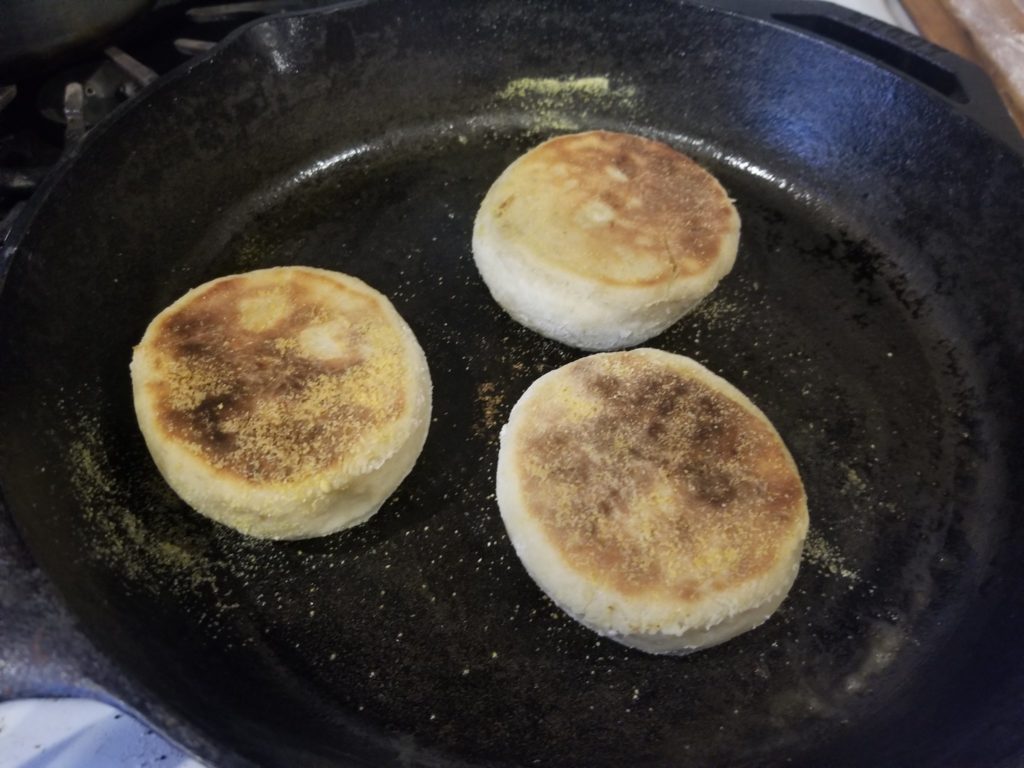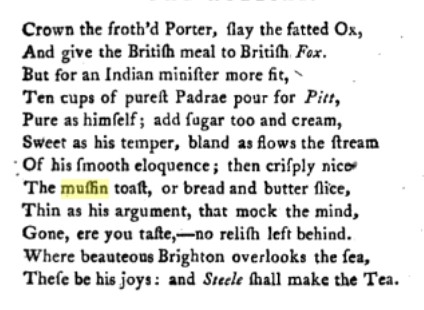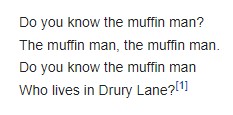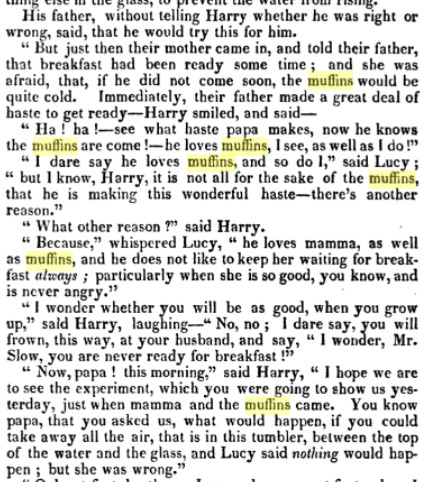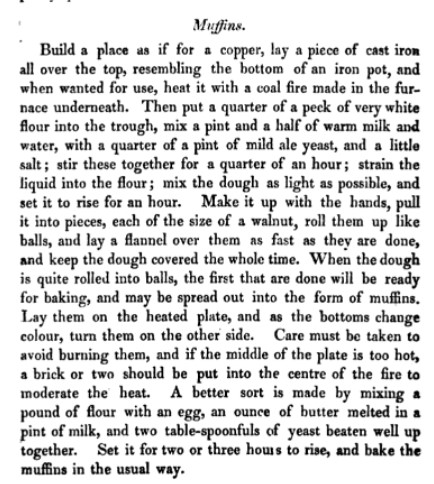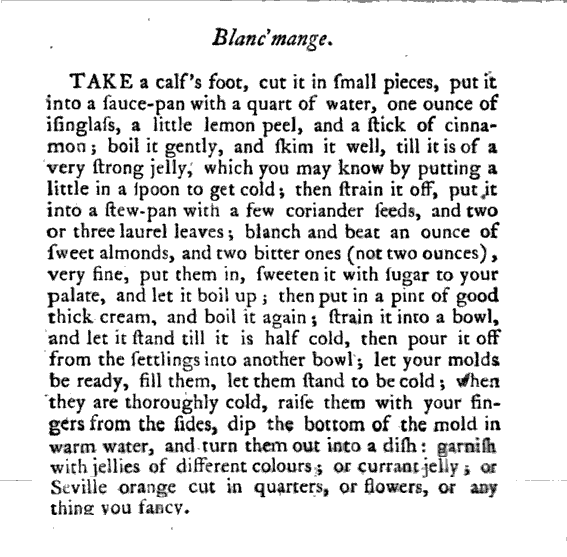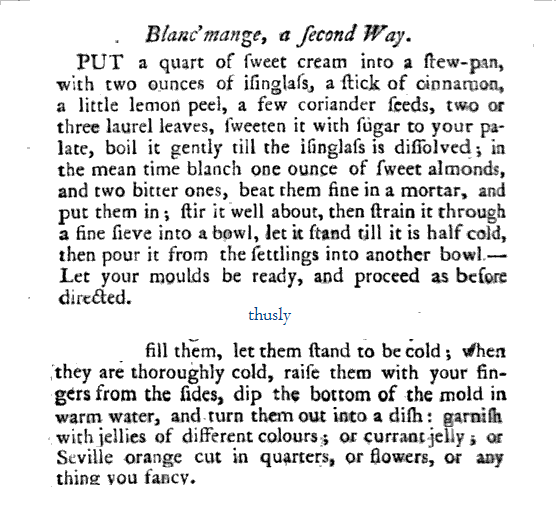Let’s Give a Big Risky Welcome to Isobel Carr!
Today I’m thrilled have Isobel Carr visiting the Riskies to tell us about her new book, Ripe for Pleasure, dish some secrets and give away some books.
Welcome to the Riskies Isobel!
About Isobel Carr
Isobel is originally from Boulder Creek, California, but she’s lived in the Bay Area (San Francisco, Berkeley and Oakland) since finishing undergrad at Hollins College in Virginia and moving “home” for graduate school. Her BA is in philosophy and English (wrote her thesis on the Absurd Skeptical Hero as the living embodiment of the existentialist), but she minored in creative writing and history. She won the Intro Journals Award when she was an undergraduate, and went on to study poetry at San Francisco State University under Frances Mayes (yes, as in Under the Tuscan Sun).
After finishing graduate school, it became painfully clear that a job in the arts wasn’t going to pay enough to eat, so she set about looking for a “real” job and ended up putting the analytical skills she learned as a philosophy major to work as an international trade consultant (basically, she fights with lawyers for a living). When not doing that, Isobel is usually writing, though very occasionally she still takes a day to go to a historical re-enactment . . . in the name of research of course.
Currently, she lives in a 1916 bungalow in Oakland, California with her Mastiff, Clancy, a crowntail betta named Nigel, and Nigel’s minions, the kuhli loaches (who can’t be told apart, and thus do not get names). If you’re ever at The Heart and Dagger by Lake Merritt and you see a woman with a giant, dark-brindle dog, say hi. There’s a 99.9% chance it’s Isobel.
http://www.isobelcarr.com/ You can find her as Isobel Carr on both FaceBook and Twitter.
Ripe for Pleasure
London’s most sensual former courtesan, Viola Whedon, is incapable of being seduced-she does the seducing. Until she meets Leonidas Vaughn. Her salacious memoirs have made her the target of half the lords in England, and Vaughn is the only man she can turn to. When he promises to protect her-and to make her beg for his touch-the alluring beauty finds both offers impossible to refuse.
Leonidas Vaughn secretly believes Viola possesses a fortune given to his family by the King of France. So the strong and sexy Vaughn charms his way into Viola’s life . . . and her bed. But when their arrangement is consummated, he’ll experience pleasure far beyond his wildest fantasies-and realize his heart may need the most protection of all.
Carr is a born storyteller. — RT Book Reviews
Buy Ripe For Pleasure
ISBN-10: 0446572756
Read an Excerpt (pdf)
1. Tell us about your book (or the series)
RIPE FOR PLEASURE is the first book in the LEAGUE OF SECOND SONS series. I’ve always been intrigued by younger sons. Wellington was a younger son. So was Nelson. So was Charles James Fox. And so is Lord Peter Wimsey in Dorothy L. Sayers’s brilliant books, which I was reading at the time. These guys have to find something to DO with themselves. They have to make their own way (to a certain extent). I just think they have more scope than a man who’s fated to inherit a title and money, but has to wait in the wings for his father to die before he actually has any power (there’s a reason why kings and princes rarely get on).
I was watching THE LIBERTINE, and loving the sexy carriage ride after the opening monologue. The whole idea of abducting a wife, of her being complicit in it, got me thinking about the profound changes caused by the Marriage Act of 1753. If you could no longer easily abscond with an heiress, what might you do to better your odds? Who would you rely on? A club, made up entirely of younger sons, seemed ideal (and utterly practical).
Everything just kind of fed into the idea (because, really, it all feeds the beast one way or another). I’d been kicking around the idea of using the lost fortune the King of France sent to support Bonnie Prince Charlie in a book, and I’d also been toying with a courtesan heroine who was publishing her memoir, a la Harriette Wilson. I ended up combining all my ideas into one plot and calling it NO GENTLEMAN (because really, the hero is behaving very badly at the outset, when he’s planning on seducing the heroine and stealing a fortune out from under her). We lost the title due to another author’s series already having something quite similar in the works [shakes fist at Eileen Dryer], but I love the titles we hit upon for the series. So sexy, and unusual enough that I think they stand out in a sea of “How to F*ck a Duke” titles (as my editor calls them, LOL!).
So in RIPE FOR PLEASURE, we have Lord Leonidas Vaughn, new owner of his grandfather’s hunting box, frantic to keep it, but without the fortune to maintain it. He finds hints of Jacobite treason in the family tree and sets out to find the missing money. It’s not fun and games for him. He HAS to find it, or he’ll have to sell the estate he loves.
The last known whereabouts (per the letters he finds) are a house in London. A house that now belongs to a retired courtesan who’s making the male half of the ton miserable with her memoir. Leo sees the perfect opening to insinuate himself into her life and hunt for the treasure . . .
2. I hear you have a cute little dog who inspired one of the characters in RIPE FOR PLEASURE. Is that true?
I’m not sure “cute” is the word most people would use for my 170lb drool machine, but I think he’s cute, LOL! My friend Jess calls him a handsome beast, and my mom calls him disgusting. The truth is somewhere in-between.
Clancy is a 2 year-old Mastiff mix (momma was a Bullmastiff and daddy was a Neapolitan Mastiff), and he does seem to have the magical ability to make other people want to own a giant breed . . . after I got him, my best friend and her husband went and got a girl from the same litter, and then my sister did the same. Last Thanksgiving my best friend from college came to visit, and he promptly went home to Manhattan and got a Giant Schnauzer puppy. There’s just something undeniably awesome about having a person-sized dog. They’re so huggable. And boy do you feel safe!
The mastiff in RIPE FOR PLEASURE is probably more like a combo of my boy’s sisters and the Staffordshire Terrier I had before him, but yes, still inspired by “my” dogs. Clancy is super mellow, while his sisters are bit more obvious about being “on guard” (but when we have them all together, the girls are the second line of defense, and he’s clearly expected to meet whatever bogyman they’re identified head-on).
3. A lot of our readers probably already know about your expertise in period clothing, but could you tell us about that anyway? How’d you get into the area and what do you think led to the development of your expertise in that instead of something like, uh, doorknobs?
Well, those who know my secret, alternative identity might, LOL! But I imagine my background is new to a lot of people. I grew up doing historical re-enactments of all kinds, so costumes and history were simply an everyday part of life. There were always events to go to, new costumes to be made, and weekly “stitch and bitch” sessions (frequently accompanied by costume dramas). My first solo costume project came when I was twelve. I’d picked out a 12th century Spanish gown and my mom just laughed and said, “You want it, you make it.” So I did. After college, I fell in with a group of truly crazy re-enactors who wanted everything to be uber-period. They researched period sewing techniques and made all their costumes by hand. They made their own trim. They made their own hook and eyes. I tried to resist, but eventually I succumbed, and I couldn’t be happier. I LOVE hand sewing, though I don’t really have time to costume right now. *sigh*
4. What’s the strangest or most surprising historical fact you’ve learned? Bonus points if the answer is Risky!
Hmmmmmmmmmm. So many options . . . but the “riskiest” is probably the stuff in “Aristotle’s Masterpiece”. There are recipes for tonics to purge “moles” and bring on menses. Basically, it’s an 18th century morning after pill.
The most surprising, and annoying, historical fact is that scones are Victorian! Oh, the word was in use, but a scone in late-Georgian/Regency England was a type of Scottish griddle cake (peasant food)
5. If you had a bazillion dollars, what would you buy me? (I would buy you the V&A, just so you have a benchmark.)
Well, if you’re getting me the V&A, I’ll get you the Kyoto Costume Institute, and then we can join forces, move them both to San Francisco, and make the mean girls at the MET cry.
Give Away!
I’ll be giving away 5 copies of RIPE FOR PLEASURE here on Risky Regencies today. Let’s make it simple: What the title of the second book in the LEAGUE OF SECOND SONS series (answer can be found on my website or on Amazon)?
So, leave a comment folks!




